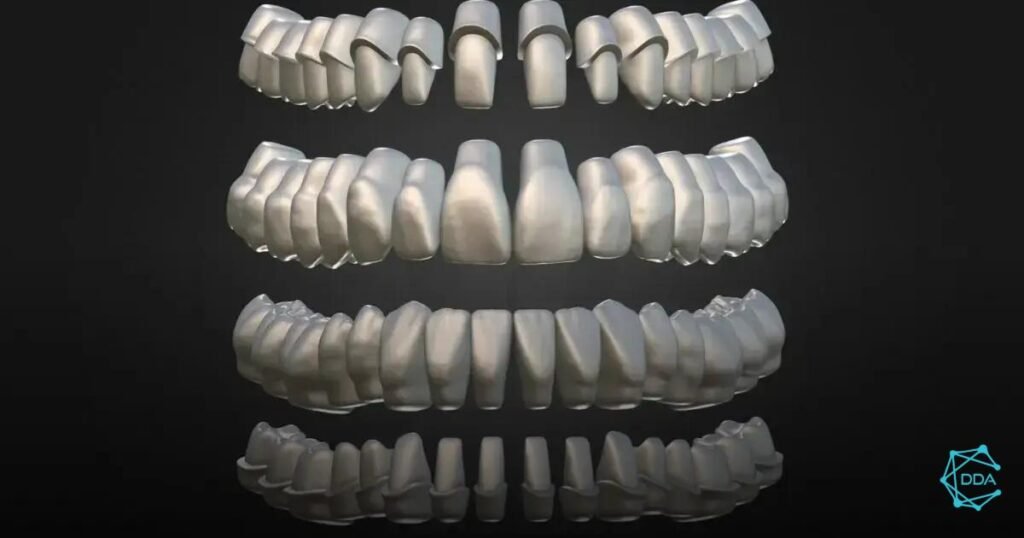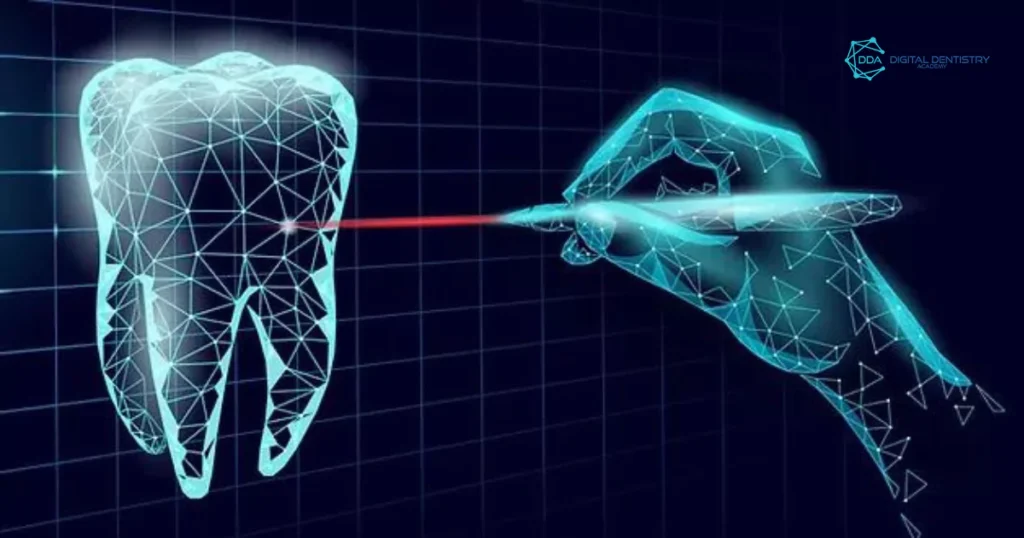A personalized healing in dentistry is an increasingly relevant topic, especially with the advancement of 3D printing technologies. In this article, we'll answer common questions about the process of creating and applying these treatments, covering everything from choosing the right prosthetic screw to post-application care. If you'd like to learn more about how to ensure the effectiveness and safety of these procedures, keep reading.
How to Create a Personalized Cure in Dentistry
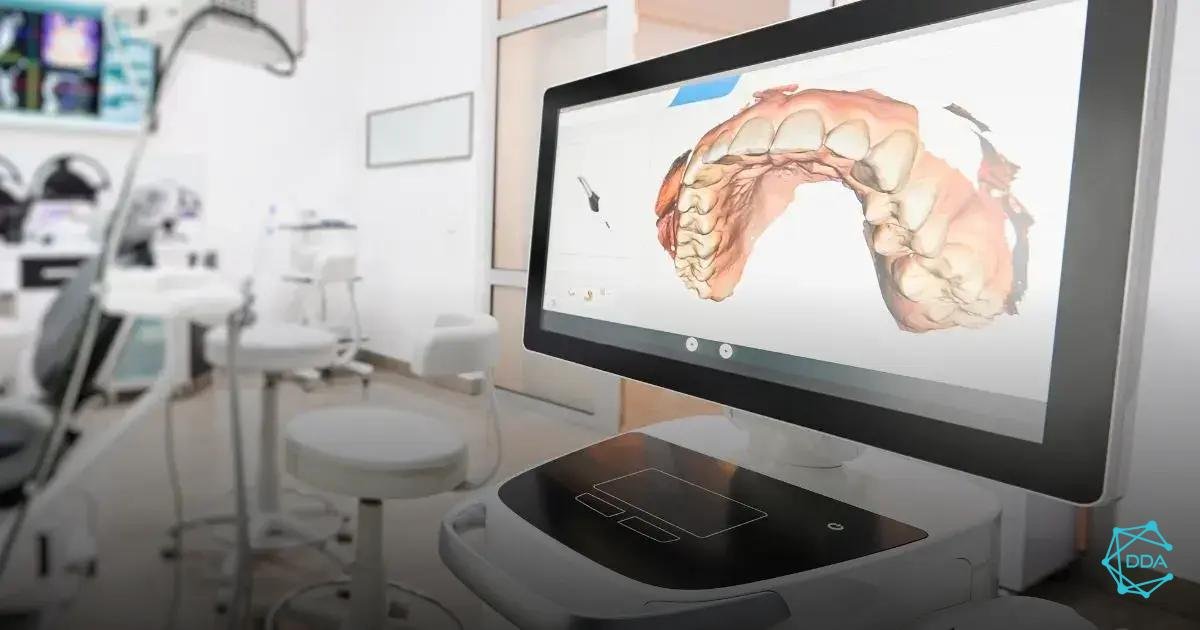

To create a personalized cure in dentistry, the first step is to understand the importance of precision when choosing components. You must consider the size of each tooth and the compatibility of the prosthetic screw with the implant body. It's essential that the screw fits perfectly, ensuring the stability of the restoration.
An effective method is to use anatomical profiling software, which can be found for free online. These programs offer different shapes and sizes, suitable for both anterior and posterior teeth. This allows you to choose the best option for each specific case.
Furthermore, 3D printing has revolutionized the way cures are performed. By using printed resins, you can adjust or add material as needed, using standard fluid composites that bond to the printed cure abutments. This streamlines the process and improves efficiency.
Another advantage of having prefabricated components is that most of the work is already done before the day of the procedure. This means you can choose the best fit for your case, saving time and improving the quality of care.
Finally, it is crucial to follow a validated workflow and manufacturer's instructions to ensure that the material used is biocompatible and that the end result is safe for the patient.
Importance of the prosthetic screw in personalized healing
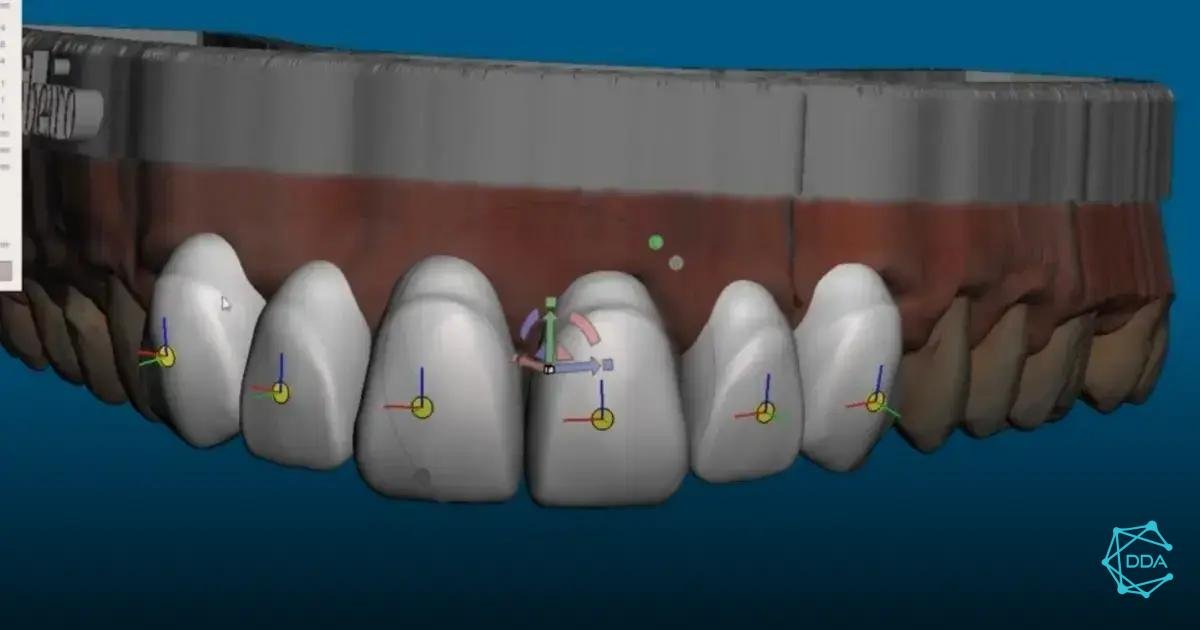

A importance of the prosthetic screw in personalized healing cannot be underestimated, as it plays a fundamental role in the stability and functionality of the restoration. The screw is the component that connects the healing to the implant, ensuring that the restoration remains secure and aligned.
One of the main factors to consider when choosing a prosthetic screw is its size and compatibility with the implant body. An inadequate fit can lead to complications, such as fractures or displacements, which can compromise the success of the treatment. Therefore, it is essential to select a screw that fits perfectly with the implant, providing the necessary stability.
Furthermore, screw selection also influences the aesthetics of the restoration. A well-designed and correctly placed screw can help ensure a natural, harmonious appearance of the custom restoration.
Another important aspect is easy access to the screw during maintenance or adjustment procedures. An easily accessible screw can facilitate future interventions, should adjustments or replacements be necessary.
Finally, using a suitable prosthetic screw contributes to the durability of the restoration. When all components are aligned and work in synergy, the longevity of the customized healing is maximized, resulting in a more satisfactory treatment for the patient.
Care to avoid gum irritation


You care to avoid gum irritation are essential when using custom cures in dentistry, especially 3D-printed ones. Irritation can cause patient discomfort and compromise treatment effectiveness.
One of the first steps to preventing irritation is to strictly follow the manufacturer's instructions regarding the use of resins and curing units. Each type of resin has specific characteristics and requires proper processing to ensure biocompatibility. Using resins that have not been tested or that do not follow the recommendations can result in inflammation.
Furthermore, it's crucial to ensure that the custom healing process is well polished. Properly polishing the healing surfaces not only improves aesthetics but also reduces friction and direct contact with the gingival tissues, minimizing the risk of irritation. Use appropriate compound polishers to achieve a smooth, glossy finish.
Another important precaution is to monitor the fit of the bandage in the patient's mouth. Any areas of excessive pressure or inadequate contact points can cause discomfort and irritation. Adjustments should be made to ensure the bandage fits comfortably.
Finally, it's advisable to follow up with the patient after the treatment is applied. This allows for quick identification of any signs of irritation or inflammation, enabling early intervention and preventing further complications.
Application of personalized healing in single-stage surgeries


A application of personalized healing in single-stage surgeries is a practice that has been gaining prominence in modern dentistry, especially in implant procedures. This approach allows the restoration to be placed immediately after implant placement, which can offer significant advantages for the patient.
One of the main benefits of this technique is the reduction in overall treatment time. By allowing the customized treatment to be applied on the same day as surgery, the patient can leave the office with a functional restoration, avoiding the need for a second procedure for prosthetic placement.
To ensure successful application, it's crucial that the custom restoration is well-designed and precisely manufactured. Using an implant system that allows for direct connection of the restoration to the implant is crucial. This ensures the restoration is firmly attached, minimizing the risk of displacement or failure.
Another important aspect is proper preparation of the surgical site. The surgeon must ensure that the area is clean and free of contaminants before applying the dressing. This not only improves the adhesion of the restoration but also reduces the risk of infections and postoperative complications.
Furthermore, choosing biocompatible materials is essential to avoid adverse reactions in the gingival tissue. The resin used in custom curing must be suitable for intraoral use and follow the manufacturer's recommended processing guidelines.
Finally, it's important to conduct postoperative follow-up to monitor the healing process and gum health. This allows for quick identification of any issues and ensures the patient has a positive experience during treatment.
Return on investment with 3D printers in dentistry
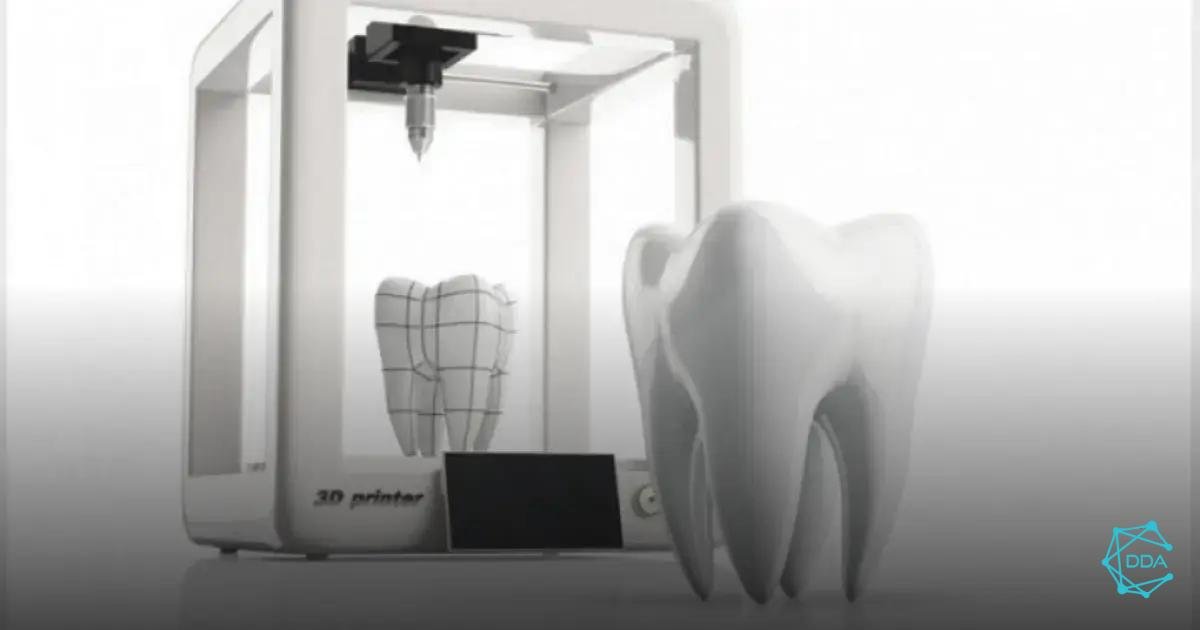

O return on investment with 3D printers in dentistry has proven to be extremely positive, especially as technology advances and becomes more accessible. 3D printers offer a number of advantages that can result in time and cost savings, as well as improving the quality of patient care.
One of the main factors contributing to return on investment is reduced laboratory costs. Dental devices such as splints and restorations can be manufactured in-house, eliminating the need to outsource these services to external laboratories, which often charge high fees. This allows clinics to save significantly, especially in areas with high labor costs.
Furthermore, 3D printing allows for quick and efficient device customization. With intuitive design software, dentists can create tailored solutions for each patient, which not only improves patient satisfaction but can also result in increased loyalty and referrals.
Another important aspect is the agility of the production process. With the ability to produce parts in a short period of time, dentists can meet their patients' demands more quickly, reducing waiting times and increasing the clinic's patient turnover.
Furthermore, 3D printing enables more complex treatments that might otherwise be unfeasible due to cost or time constraints. This opens up new opportunities for services that can be offered to patients, expanding the range of treatments available in the clinic.
Finally, investing in 3D printers can also provide a competitive advantage in the market. Clinics that adopt this technology can stand out for their innovation and quality of services, attracting more patients and increasing revenue in the long term.

